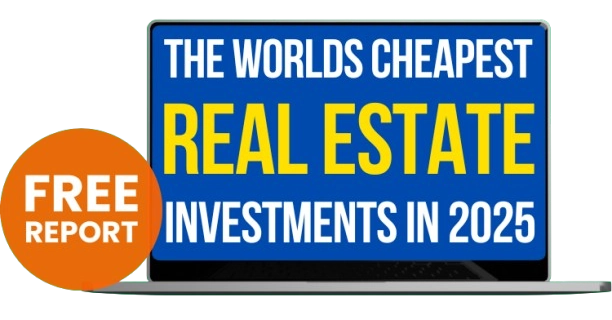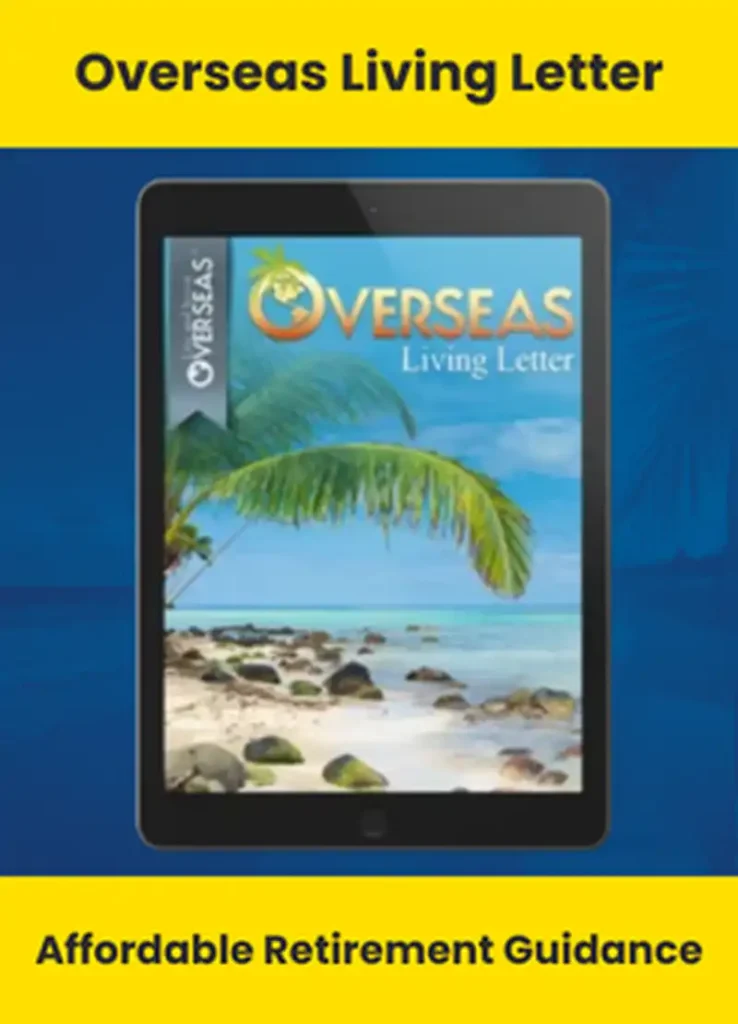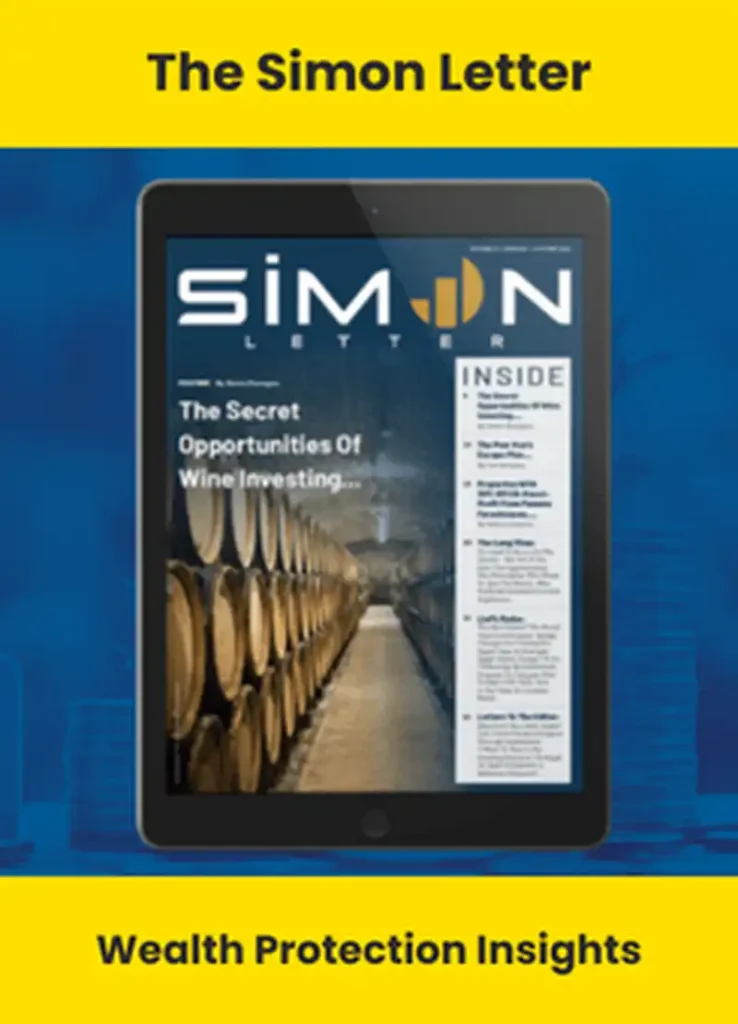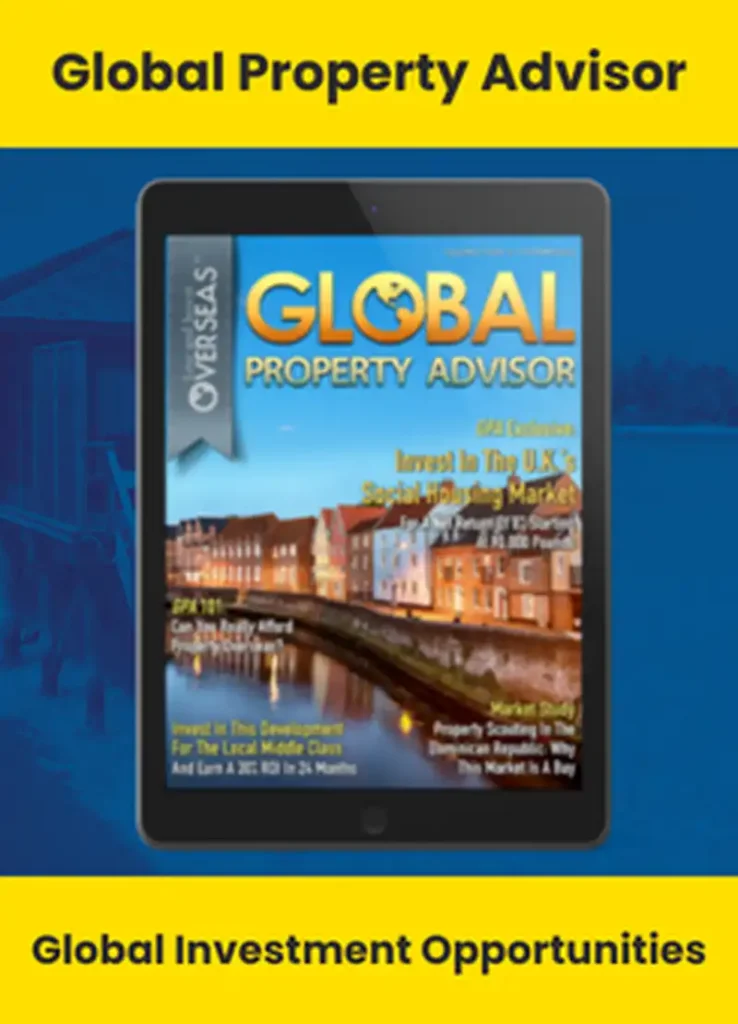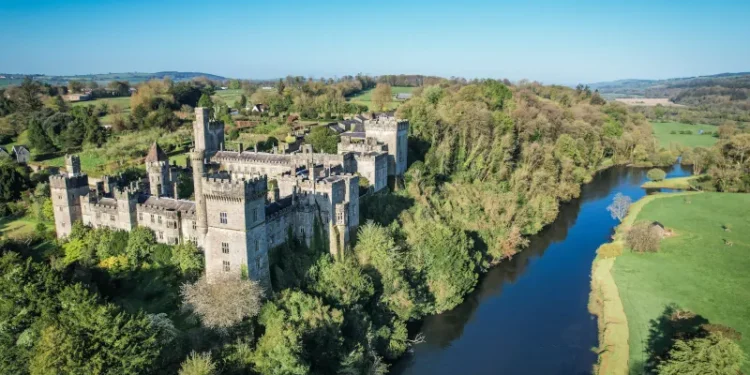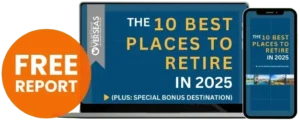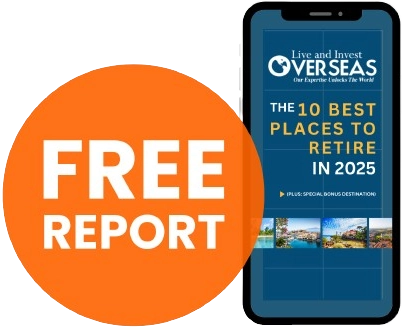“I’ve told the buyer from Dublin that the other buyer, the gentleman from Cork, is considering by how much he’d be willing to increase his offer,” John Rohan explained in a hurry as he burst through the door into the little room where Lief and I sat waiting.
“However, the other buyer, the one from Cork, he’s gone. He said he’d reached his limit and excused himself from the bidding. He’s left the building.
“Our buyer from Dublin doesn’t know this, but it won’t be long before he figures it out. This is your chance. If you’re selling, you’re selling today, now. I believe I can push the Dublin bidder up another 50,000 euro, but that’s all I’m going to get out of him.”
With that, Mr. Rohan looked squarely at Lief and then at me, gauging our reactions.
I glanced over at the monitor mounted on the wall to our right. The room where we’d been told to wait while John Rohan presided over the auction for our home in Waterford, Ireland, had no windows. The monitor on the wall was our only glimpse of the activity going on around us. It showed the auction room itself, where we’d watched, starting an hour earlier, as Mr. Rohan had opened bidding for our Lahardan House before a crowd of about three-dozen.
John had prepared us by explaining that most in the room would be bystanders, there just to see what the house might sell for.
In the end, we had five serious bidders. Three pulled out quickly, leaving the gentleman from Cork and the gentleman from Dublin, who’d been going back and forth, first in the main auction room and then, eventually, from two separate, private rooms where John Rohan had escorted each in turn, for more than 30 minutes.
The year was 2004, and the Celtic Tiger was roaring. All Ireland was watching all the time to see by how much more property values had appreciated since the last time they’d checked.
We’d purchased our Lahardan House, the property on the block that day, about six years earlier. John Rohan’s projected selling price, slightly more than $1 million at the euro-dollar exchange rate of the day, had us tripling our investment.
Why were we hesitating to accept it?
Because overseas property investing isn’t only about the money.
I’ve hosted conferences on living, retiring, and investing in real estate overseas for nearly 40 years. I open each event by putting a series of questions out to the crowd.
First I ask…
“How many of you are thinking about buying property overseas for investment? A few hands shoot up.
Then I inquire…
Pocket Money Beach Real Estate
7 Property Bargains Under $100,000, a world full of fun, adventure, and profit awaits! Sign up to receive our free daily e-letter, Overseas Opportunity Letter, and our weekly e-letter Overseas Property Alert, and we'll send you our Expert Report—absolutely FREE!
“How many of you are considering purchasing a retirement residence in another country?” A flurry of hands in the air.
Finally…
“How many of you would like what I’d term a ‘second home overseas,’ a place you intend to occupy, full- or part-time, in retirement or sooner if possible, but that you hope could earn some income when you’re not using it yourself?”
At that suggestion, practically every person in the room raises his hand.
These folks seem to understand something that it took Lief and me more time than I like to admit to figure out. Buying real estate overseas makes so much more sense when you do it as part of a bigger-picture plan.
I didn’t set out to become an overseas property investor. It happened by accident and organically.
When my husband of but three months, my 8-year-old daughter, and I arrived in Waterford, Ireland, coming up on 30 years ago, we needed a place to live.
I like old houses the way some women like new shoes and was drawn to the idea of owning an Irish Georgian-style house in the country, a place surrounded by rolling green fields dotted with roaming sheep and spotted cows and bordered by low stone walls and tidy hedgerows.
My new husband didn’t object, and, after a search that extended nearly a year, we purchased Lahardan House, a 200-year-old stone house on 6 acres that became our first home as a new family.
Lahardan House was where my daughter Kaitlin, born and raised to that point in Baltimore, Maryland, struggled with the transition to our new life overseas and where we welcomed our son, Jackson, born in Waterford just two months after we’d moved in.
It was where Kaitlin learned to ride a pony, in the front pasture, and where Jackson learned to walk, in the forever muddy back garden.
Lahardan House was our first overseas renovation adventure. The old stone house was dripping with damp, its timbers riddled with rot, when we bought it. In time, we transformed it into a comfortable and cozy home kept warm and dry by the big Stanley stove in the kitchen.
Lahardan House was also our first overseas property success story, and not only because, in the end, we accepted the offer that John Rohan coaxed from the gentleman bidder from Dublin, putting aside our emotional attachment to the place and tripling our money.
More important, our experience with Lahardan House taught us the fundamentals related to buying and selling real estate overseas that we’ve learned to respect most, key among which is this: The best purchases are made with your calculator, yes, but also with your heart.
When my husband Lief Simon and I went looking for a house to buy in Ireland years ago, I was shopping for rolling green hills, centuries-old stone walls, tumble-down outbuildings, and classic Georgian symmetry.
Lief was shopping for cost per square meter, rate of appreciation, and projected ROI.
Today, dozens of often conflicted purchases later, we finally understand that the secret to success buying and selling real estate overseas is recognizing that each of these seemingly competing perspectives is important and that each deserves equal weight in any buy decision.
After we sold Lahardan House, we took those proceeds, added about 20%, and reinvested the capital in an apartment in Paris.
For our money, we got less than one-quarter the space we’d enjoyed in Ireland. Not a sensible exchange of values, you might say, at least not if you’re evaluating the transaction using your calculator alone.
We were moving to Paris so our daughter could attend her final three years of high school in France and so our little family could, meantime, sample life in the City of Light, a dream of mine since I was a young girl.
Certainly, under those circumstances, we could have rented a place to live. We didn’t need to buy an apartment for our time in Paris, and, as I said, on the face of it, going by the numbers alone, buying an apartment in Paris didn’t add up. Yet that’s what we did.
Now, in retrospect, I can say that the apartment we purchased in Paris’ 7th arrondissement has proven, like Lahardan House in Ireland, to be one of the most successful investment decisions of our careers, again, we understand now, because it wasn’t made for investment reasons alone.
This apartment in Paris was first our full-time home with our children. Then, when we decided to relocate to Panama to launch the Live And Invest Overseas business, it was a long- then a short-term rental, earning us euro cash flow.
Today it’s worth more than three times what we paid for it… and it’s our half-time home base. Indeed, I’m repositioning to rue de Verneuil, on a flight from Tocumen to Charles de Gaulle, as you read this.
Our Paris pad is a key part of our longest-term plan. When we’re too creaky to tolerate further trans-Atlantic travel, this is where we intend to settle in for the duration.
That’s my idea of a home-run buy.
Until next time,

Kathleen Peddicord,
Founding Publisher, Overseas Opportunity Letter

